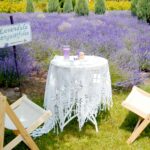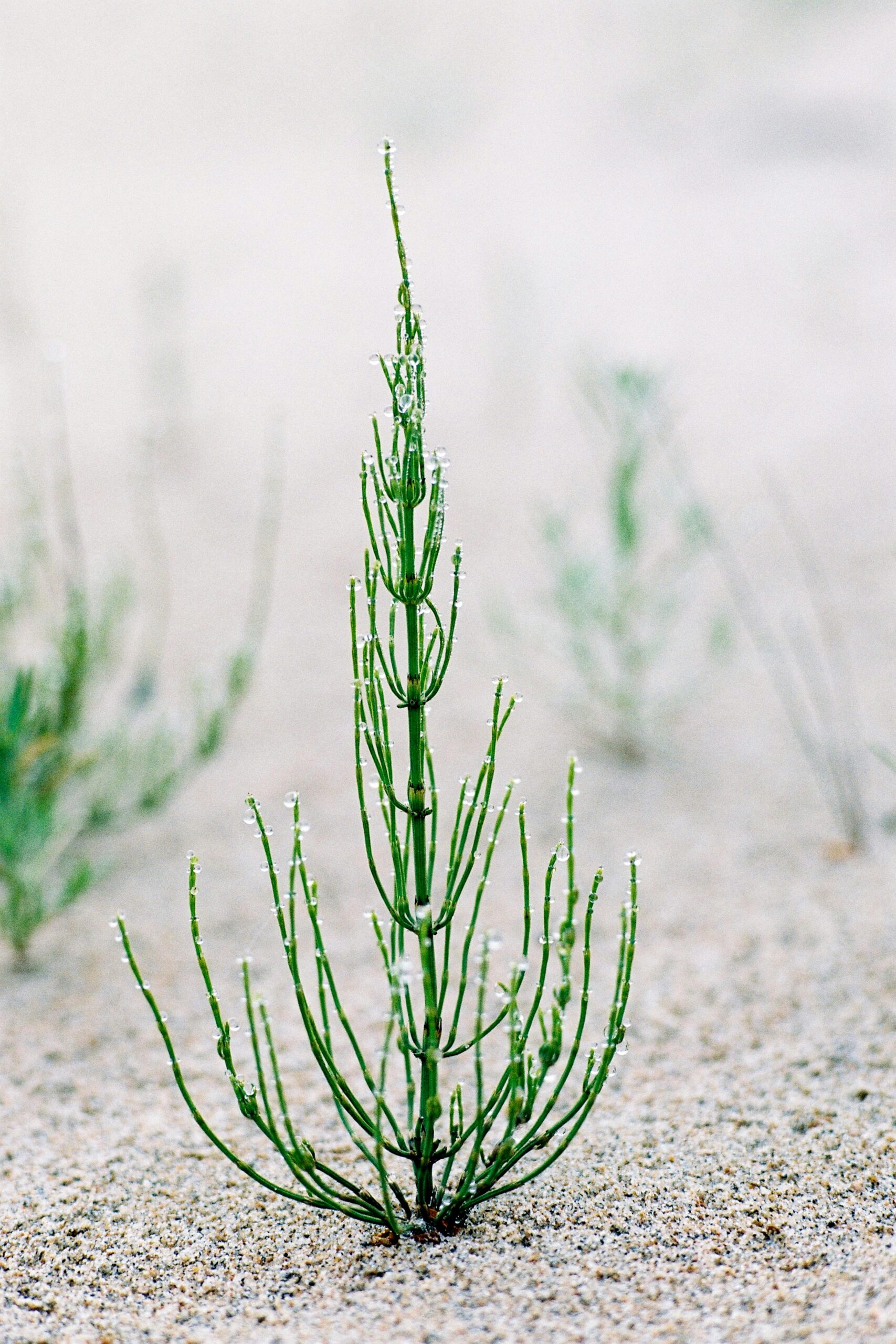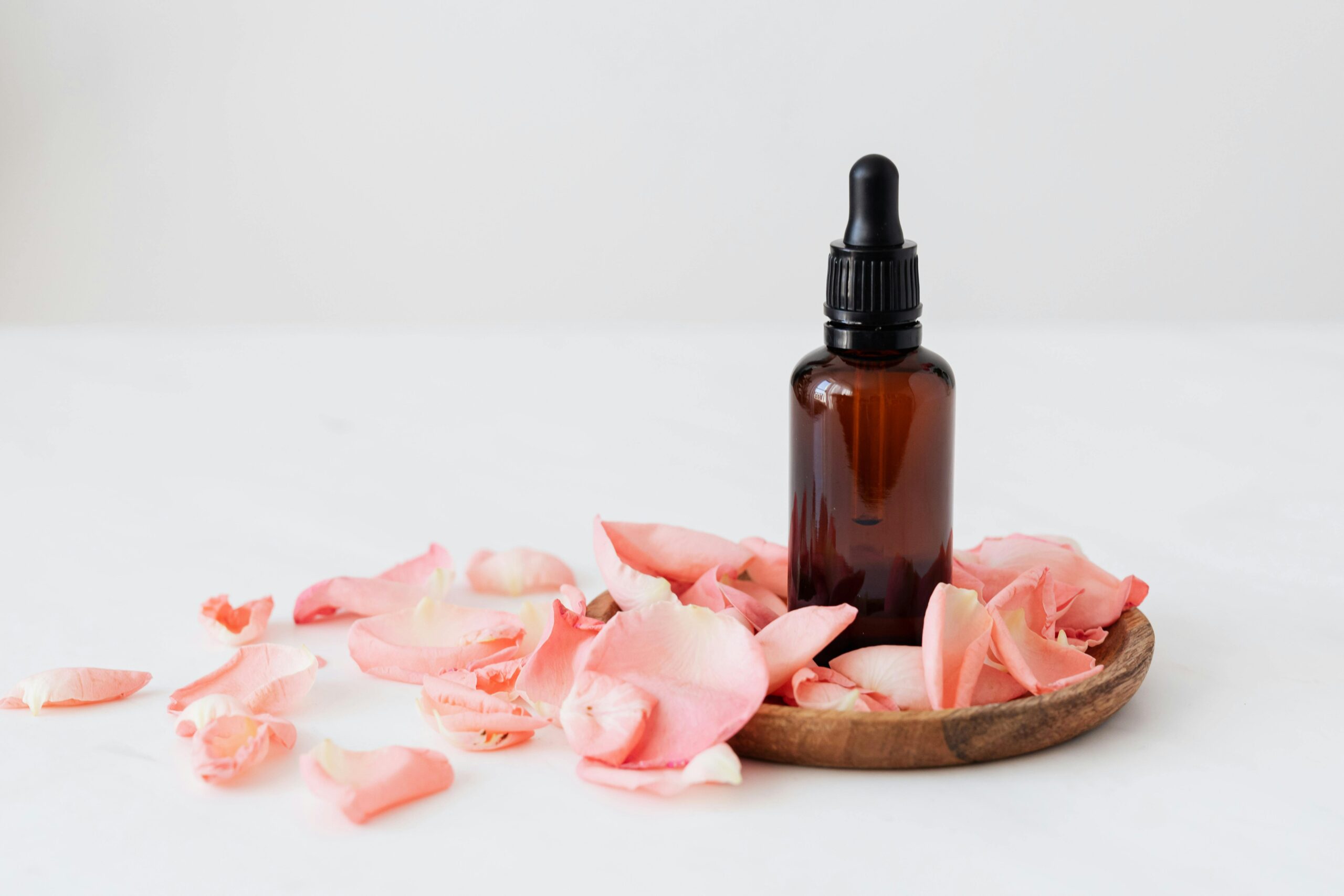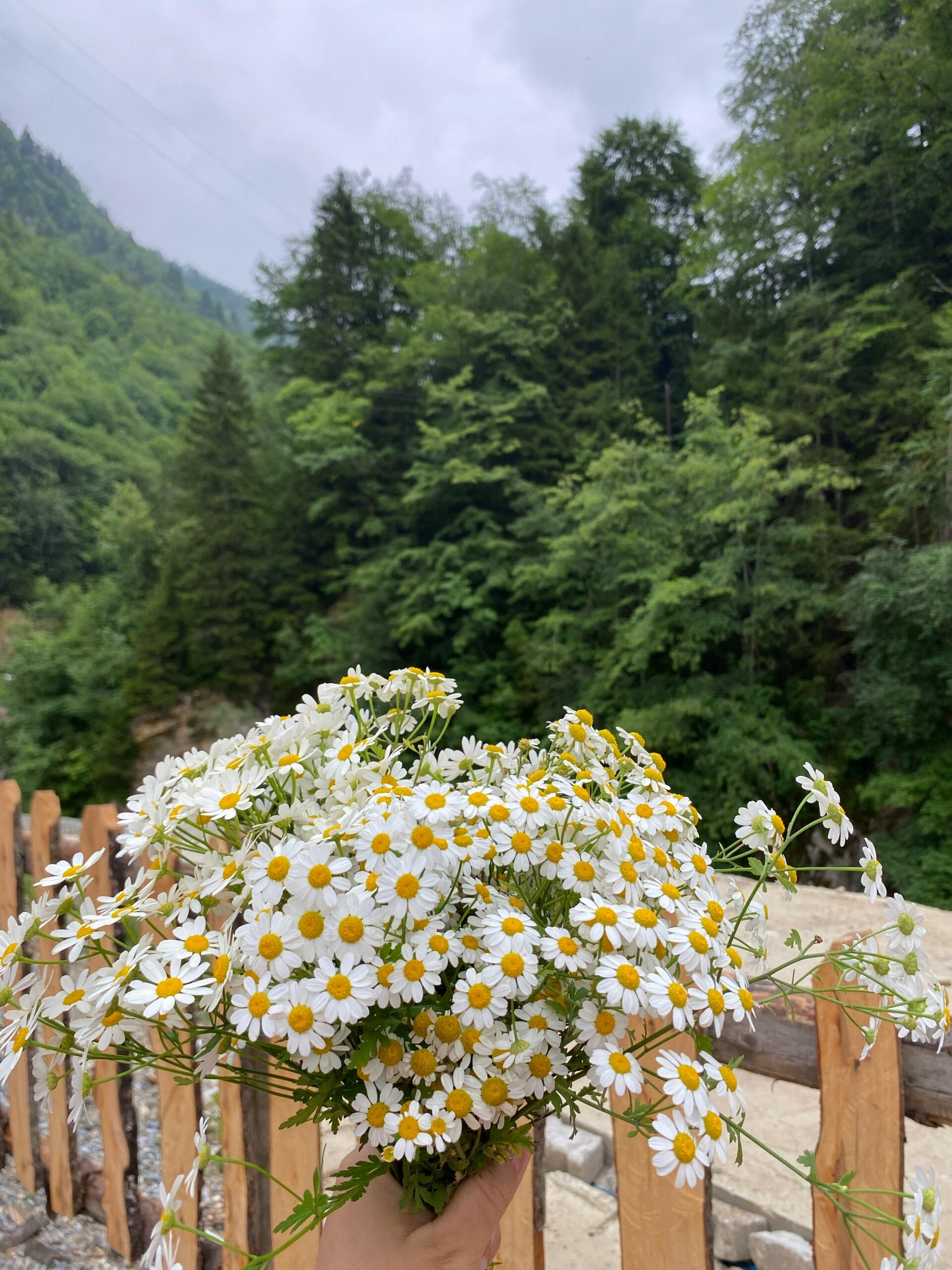Herbal Baths: Benefits, Recipes and Uses
Introduction to Herbal Baths
Herbal baths represent a traditional practice that combines nature with the art of relaxation, having deep roots in various cultures around the world. This wellness method, encountered especially in rural regions, has been used for generations to promote physical and mental health. Its origins are found in the use of herbs and aromatic plants, which were often locally harvested and integrated into personal care rituals.
The traditions related to herbal baths can be found in European, Asian, and even African cultures, each possessing its own recipes and rituals. From warm baths with essential oils and aromatic plants to cold baths with infusions made from flowers and leaves, these practices served not only as methods of relaxation but also as therapeutic remedies. Thus, the herbal bath is not merely a simple recreational activity, but a ritual in which the body and mind come together to find balance and well-being.
In the modern era, the herbal bath has attracted the attention of wellness specialists, being integrated into many spas and aromatherapy treatments. Its importance has grown as people seek natural solutions in contrast to pharmaceutical drugs. Its therapeutic effects are recognized in improving circulation, alleviating stress, and strengthening the immune system. This practice offers an escape from the fast pace of contemporary life, encouraging a time for reflection and personal rejuvenation, which are essential elements for holistic health.
Benefits of Herbal Baths
Herbal baths have been a traditional remedy used for centuries to promote health and well-being. They offer a series of significant benefits, starting with muscle relaxation. Due to the heat and active compounds in the plants, the baths help release muscle tension, which can lead to a reduction of discomfort and pain. This relaxation is essential for maintaining proper muscle tone and for preventing injuries.
The stimulation of blood circulation is another remarkable benefit of herbal baths. By exposure to heat, blood vessels dilate, promoting blood flow to body tissues. This improvement in circulation not only aids in cellular regeneration but also contributes to better oxygenation of the body, thus facilitating detoxification processes.
Detoxifying the skin is another advantage of these baths. Plants have antimicrobial and anti-inflammatory properties that help cleanse the pores and reduce irritations. Constant exposure to herbal baths can contribute to achieving healthier and more radiant skin by eliminating accumulated impurities and toxins.
In addition, herbal baths have a positive impact on mental state. The natural aromas of the plants, such as lavender or chamomile, can induce a state of deep relaxation, reducing stress and anxiety. This results in better sleep quality and a general state of well-being.
Moreover, these baths can strengthen the immune system through anti-inflammatory response and by stimulating circulation, thereby reinforcing the body’s natural defense against diseases. In conclusion, herbal baths represent an effective means of improving various aspects of physical and mental health, becoming increasingly popular among those who seek holistic personal care.
Plants Used in Herbal Baths
Herbal baths are an excellent way to benefit from the natural properties of various medicinal and aromatic plants. These plants not only add aroma and pleasure to the pampering experience but also provide remarkable therapeutic effects. Among the most used plants are chamomile, lavender, rosemary, and sage.
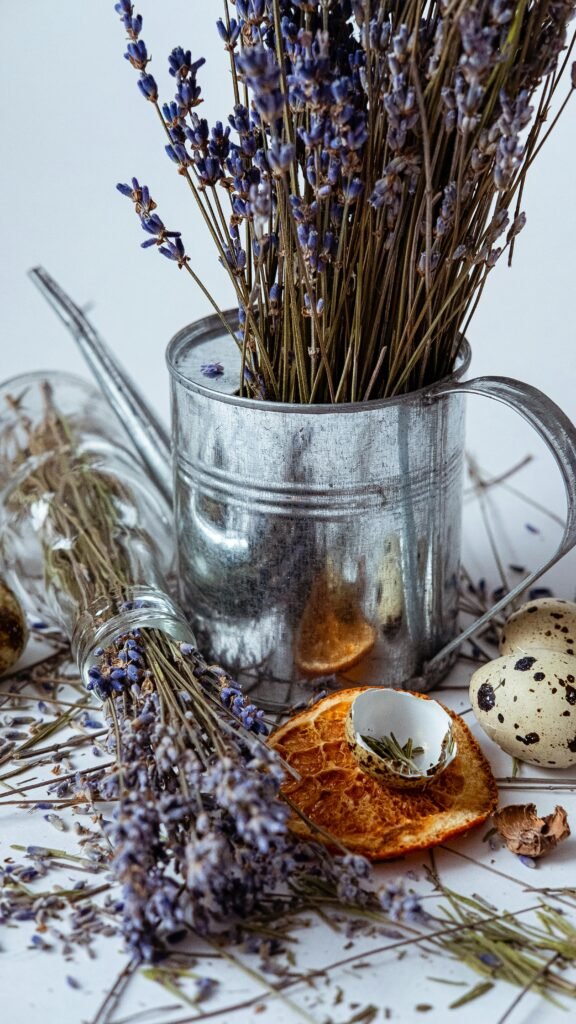
Chamomile is renowned for its calming and relaxing properties. Chamomile infusions can help reduce stress and anxiety while also having anti-inflammatory effects. Its use in herbal baths contributes to skin hydration and the alleviation of irritations, making it an ideal ingredient for moments of relaxation.
Lavender, with its captivating aroma, is often associated with relaxation and improved sleep quality. Essential lavender oil, used in baths, can reduce tension, providing a state of well-being and a general sense of calm. In addition to its relaxing effects, lavender also possesses antiseptic properties that help in skin care.

Rosemary is another appreciated plant, having revitalizing and stimulating effects. Its aromas can improve blood circulation and provide an energy boost, being effective in reducing fatigue and a state of exhaustion. Like chamomile and lavender, rosemary also contributes to the detoxification of the body, being a distinctive natural remedy.
Finally, sage stands out for its antimicrobial and anti-inflammatory properties. Using sage in baths helps not only in relaxing the muscles but also in cleansing the skin of impurities. It is an excellent choice for those seeking both relaxation and skin care, often having a synergistic effect in combination with other plants.
Herbal Bath Recipes
Herbal baths are an excellent way to benefit from the therapeutic properties of plants. Here are a few recipes that can be used for various purposes, such as relaxation, revitalization, and detoxification. Each recipe includes the necessary ingredients, preparation instructions, and usage tips, so that you can fully benefit from these aromatic baths.

Relaxation Baths: A popular recipe is baths with lavender and chamomile, which help reduce stress and induce a state of calm.
Required ingredients: 3 tablespoons of dried lavender flowers, 3 tablespoons of chamomile flowers, 1 liter of water. In a pot, bring the water to a boil, add the flowers, and let it simmer on low heat for 10 minutes. Strain the mixture and pour it into a bathtub filled with warm water. It is recommended to also add a few drops of lavender essential oil for an extra relaxing effect.
Revitalizing Baths: Try a combination of rosemary and mint for an energizing effect.
Required ingredients: 2 tablespoons of dried rosemary, 2 tablespoons of dried mint leaves, 1 liter of water. The procedure is similar: boil the plants in water for 10 minutes, strain, and add to the bathtub water. These plants are known for their ability to stimulate blood circulation and revitalize the body.
Detoxifying Baths: An effective recipe includes fennel and ginger.
Required ingredients: 3 tablespoons of fennel seeds, 1 small grated ginger root, 1 liter of water. Boil the ingredients together for 15 minutes, strain, and pour into the bathtub with warm water. This bath helps eliminate toxins and offers a feeling of freshness.
Use these recipes during moments of relaxation to fully benefit from their therapeutic effects. Each herbal bath not only improves mood but also the overall health of the body.

Preparation of the Herbal Bath
Preparing a herbal bath is a simple process, but it requires attention to detail to achieve the best benefits. The first step is choosing the right plants. This may vary depending on the purpose of the bath; for example, for relaxation, plants such as lavender or chamomile are recommended due to their calming properties. If the goal is to revitalize the skin, plants like rosemary or mint may be more beneficial. It is important to use fresh or dried plants, depending on availability.
After choosing the plants, the next step is the infusion process. It is usually recommended to use an amount of 100-200 grams of plants for every 100 liters of water. These can be placed in a cheesecloth bag or in a special strainer to facilitate their later removal from the water. The water should be heated to a temperature not exceeding 40-45°C, to preserve the efficiency of the essential oils without degrading them.
The exposure time is also essential in preparing the herbal bath. A bath should last between 20 and 30 minutes to allow the active principles to penetrate the skin. It is recommended to ensure that the water temperature remains constant, adding warm water if necessary. Additionally, creating a relaxing environment during the bath can considerably improve the experience. Scented candles, soothing music, and a pleasant atmosphere can transform the bath from a simple routine into a pampering ritual.
Herbal Baths for Different Needs
Herbal baths represent an effective and natural method to address various health and well-being issues. They offer a unique opportunity to benefit from the therapeutic properties of plants through water, transforming a simple bath into a revitalizing experience. In the following section, we will focus on specific needs, such as stress, insomnia, muscle pain, and skin conditions, as well as the appropriate plants for each issue.
For managing stress, plants such as lavender and chamomile are particularly effective. Lavender is known for its calming effects, and when added to water, it helps relax the mind and improve mood. Chamomile, on the other hand, has anti-inflammatory and sedative properties, being an excellent ally in combating accumulated tension. A combination of these plants could create an environment conducive to disconnection and relaxation.
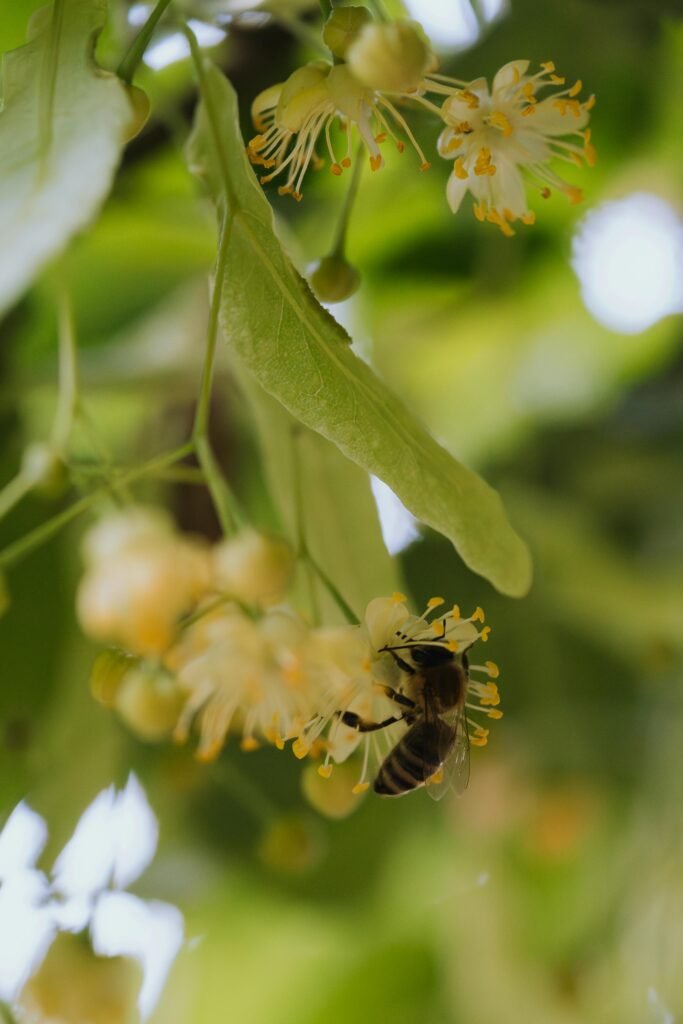
In the case of insomnia, baths with valerian or linden flower offer a natural remedy for better sleep. Valerian has a positive impact on sleep quality, reducing the time needed to fall asleep, while linden flower has calming effects, helping to relax. Both plants, when added to warm water, can contribute to improving sleep.
For muscle pain, plants such as arnica and ginger are extremely beneficial. Arnica is known for its anti-inflammatory and analgesic properties, and ginger stimulates blood circulation, providing a warming effect. A bath with arnica extract and slices of fresh ginger can bring considerable comfort to tired muscles.
Regarding skin conditions, baths with oatmeal or sodium bicarbonate are excellent solutions. Oatmeal is effective in soothing irritated or dry skin, having moisturizing properties, while sodium bicarbonate can help reduce itching caused by irritations. Combining these ingredients can offer a relaxing and curative bath.
Contraindications and Precautions
The use of herbal baths is popular due to the therapeutic and relaxing benefits they offer. However, it is essential that users are aware of the possible contraindications and precautions associated with this type of natural treatment. Firstly, individuals with pre-existing medical conditions should consult a specialist before starting a herbal bath program. This is a necessary precaution because certain plants may interact negatively with medications or aggravate existing health conditions.
Also, those who suffer from known allergies to plants should be extremely cautious. A sensitivity test is recommended on a small area of the skin before extensive use of any plant in the herbal bath. In case an adverse reaction occurs, such as irritation or itching, it is indicated to immediately stop use and consult a doctor. The administration of medicinal plants is not always without risks, and some plants may cause unpleasant side effects if used improperly.

Furthermore, pregnant women and breastfeeding mothers should avoid certain herbal baths, as not all ingredients are safe for these categories. It is important for these users to seek advice from a medical specialist before experimenting with herbal baths. In conclusion, informed decision-making and precaution play a crucial role in the use of herbal baths, ensuring a pleasant and beneficial experience for physical and mental well-being.
Personal Experiences and Success Stories
Herbal baths have been used for centuries for therapeutic purposes, and many people have discovered significant health benefits through their use. A remarkable example is the story of a 45-year-old woman who began using herbal baths to manage stress and improve sleep. After a month of regular sessions, she noticed a considerable improvement in the quality of her sleep, mentioning that chamomile and lavender plants had a positive impact on her mental state. This experience was so revealing that she started sharing the method with friends and family.

Additionally, another individual, a 30-year-old man, used herbal baths as part of a recovery plan after a sports injury. By using plants such as arnica and ginger root in combination with warm water, he found that his pain was alleviated and the recovery process accelerated. This once again demonstrates the effectiveness of herbal baths in alternative treatments.
Not all experiences, however, are positive; some individuals have learned important lessons. For example, one woman discovered that certain plants used in her baths were not well tolerated by her skin, causing irritation. Although initially discouraged, this experience led her to explore more suitable alternatives for her skin type, thereby enriching her knowledge about medicinal plants.
These success stories and lessons learned by users of herbal baths underline the importance of experimentation and the personalization of treatments, highlighting the remarkable potential of herbal baths in maintaining and improving well-being.
Conclusion
Herbal baths have been a valued practice throughout history and continue to play a vital role in promoting health and well-being in modern life. These rituals not only help with relaxation but also offer a variety of therapeutic benefits, thanks to the properties of the plants used. By integrating herbal baths into the daily routine, people can experience not only an effective remedy against stress but also a pleasant way to pamper the body and mind.
The benefits of herbal baths include improved blood circulation, detoxification of the body, soothing of the nervous system, and alleviation of musculoskeletal pain. Additionally, some plants have antimicrobial and anti-inflammatory properties, making them useful in treating various skin conditions. The importance of these baths is not limited to physical aspects; they also significantly contribute to mental health by providing a space for deep reflection and relaxation.

Adopting herbal baths as part of a healthy lifestyle can improve quality of life. It is recommended to experiment with different plants, discover the combinations that are most effective and pleasant for you, and integrate these findings into your daily routine. Whether you opt for a lavender bath for relaxation or a mint bath for revitalization, every experience can bring a positive contribution. Thus, herbal baths can become not only a personal care habit but also an essential component of a balanced and healthy life.
Why are herbal baths considered a therapeutic alternative and how do they act on the body?
Herbal baths harness the medicinal and aromatic properties of plants through direct contact with the skin and the inhalation of vapors. When you add plants (leaves, flowers, or roots) to warm water, their bioactive substances are released in the form of essential oils and volatile compounds. Thus, the plants can help calm the nervous system, reduce inflammation, relax the muscles, and promote detoxification. By combining warm water with beneficial plants, the baths ensure a faster absorption of the active principles, acting both physically and psychologically.
What specific benefits can be obtained through regular use of herbal baths?
In addition to the obvious effect of relaxation, herbal baths bring other benefits. They can improve blood circulation, help reduce muscle tension, alleviate joint pain, and maintain good mobility. Thanks to the antiseptic and anti-inflammatory properties of some plants (for instance, chamomile, lavender, rosemary), these baths are useful in soothing irritations or skin conditions. Moreover, the released vapors can alleviate nasal congestion and support easier breathing. On an emotional level, they promote calm, reduce anxiety, and improve sleep quality.
What are the most well-known plants used in therapeutic baths and what effects does each offer?
Chamomile stands out for its calming effects, helping with general relaxation and skin regeneration. Lavender has sedative and anxiolytic properties, making it perfect for relaxation moments and improving sleep quality. Rosemary is recognized for its revitalizing action, being beneficial for stimulating circulation and boosting energy. Mint offers a refreshing sensation and helps combat muscle fatigue. Finally, calendula (marigold) has a strong anti-inflammatory and healing effect, useful in the case of irritations and superficial wounds.
How is a herbal bath correctly prepared and what equipment is necessary?
The first step is selecting the appropriate plants, either fresh or dried, depending on the desired effect. The quantity varies, but generally, 100-200 grams of plants are used for a bath. The plants can be placed in a fabric bag and then infused in boiling water for 10-15 minutes, after which the infusion is poured into the bathtub. The water in the tub should be between 36 and 39°C. For a pleasant ambience, you may use candles or relaxing music. Finally, it is essential to ensure that the bath does not last more than 20-30 minutes to avoid dehydration and excessive fatigue.
What differentiates a relaxation bath from one with a revitalizing or detoxifying effect?
In a relaxation bath, the focus is on plants with sedative and calming effects (chamomile, lavender, lemon balm). These plants help release mental and muscular tension, contributing to a more restful sleep. In contrast, a revitalizing bath uses stimulating plants such as rosemary, mint, or eucalyptus, which improve circulation and provide an energy boost. For detoxification, plants with a diuretic and perspiring effect are chosen, for example, horsetail or nettle, which support the elimination of toxins through the skin.
What precautions should be taken before having a bath with medicinal plants?
First of all, it is recommended to perform a sensitivity test if you have not used the particular plant before. People with sensitive skin or allergies might develop unpleasant reactions. Additionally, pregnant women, breastfeeding mothers, and individuals with chronic conditions (hypertension, cardiovascular diseases) should consult a doctor. Water that is too hot may worsen certain health issues, and an excessively long bath may lead to dizziness or even exhaustion.
Are there concrete herbal bath recipes for different needs and health issues?
Yes. For example, for stress and insomnia, a combination of lavender and chamomile can be chosen. For muscle and joint pain, a mixture of rosemary and arnica (especially in the form of essential oil) can alleviate inflammation and pain. In the case of eczema or acne, baths with calendula and chamomile have an emollient and calming effect, reducing irritations. For stimulating circulation and eliminating the sensation of heavy feet, bay leaves and mint can be added.
What role do essential oils play in complementing herbal baths and how can we use them safely?
Essential oils can enhance the benefits of the plants used in the bath, intensifying the aroma and therapeutic properties. A few drops are added to the water, preferably after dissolving them in a carrier oil (such as almond oil) to avoid direct contact with the skin. However, the dose must be respected (3-5 drops of essential oil) to prevent irritation and unwanted reactions. It is recommended to be aware of the contraindications of the oils used, especially in cases of pregnancy, hypertension, or asthma.
How do we choose the appropriate plants according to the purpose of the bath and the season?
In spring and summer, plants such as mint or lemon balm can be used for a cooling effect, while in winter, you can benefit from “warmer” plants such as ginger, cinnamon, or thyme, which warm up and support circulation. If relaxation is desired, you can choose chamomile, lavender, or passionflower, whereas for revitalization, rosemary, sage, or eucalyptus are appropriate. Consult phytotherapy guides to identify the most suitable combinations and take into account possible allergies or personal sensitivities.
What long-term effects can herbal baths have and how can they be integrated into a balanced lifestyle?
When used regularly, herbal baths can contribute to better stress management, improved sleep quality, and strengthened immune function. Thus, in the long term, they can boost vitality and provide additional physical and emotional comfort. To integrate them into a balanced lifestyle, you can schedule a herbal bath session once or twice a week, alternating plant combinations according to the season and the specific needs of your body. Pay attention to your diet, ensure adequate hydration, and engage in moderate physical exercise to enhance the benefits of this natural practice.



